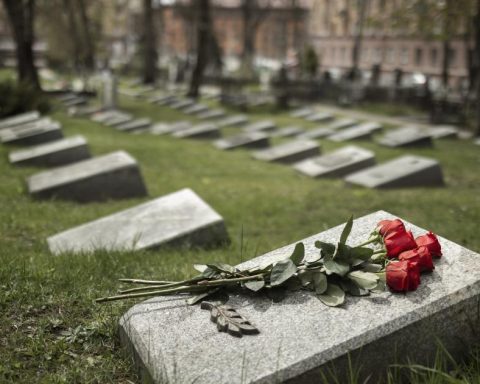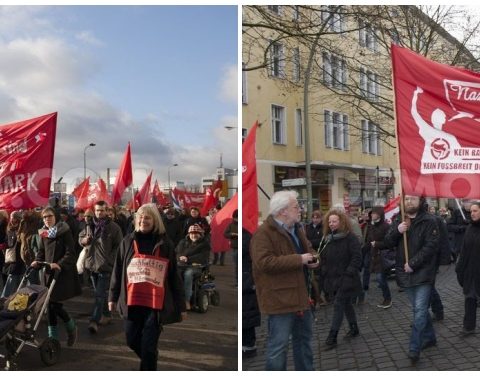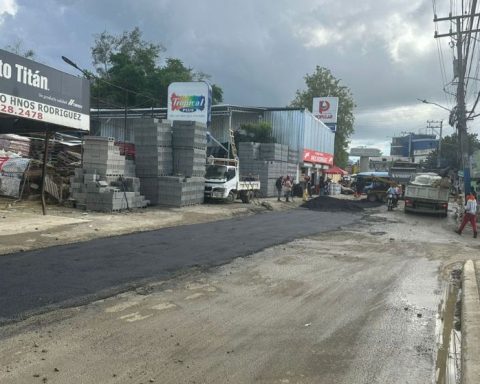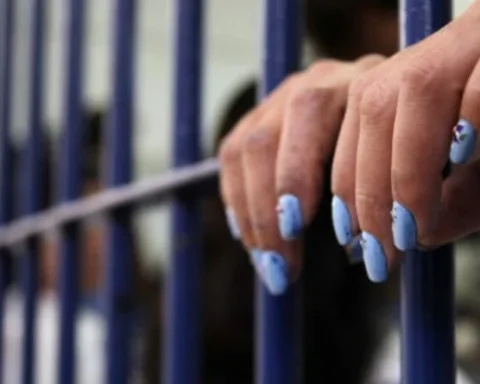For the second consecutive year, Credicorp launched its Financial Inclusion Index (IIF) in Colombia, Bolivia, Chile, Ecuador, Mexico, Panama, Peru and Argentina, country that is measured for the first time in this edition. This document seeks to be a tool to understand the challenges in financial inclusion and make strategic decisions so that more people enter the formal financial system.
(Massification of credit, key to deepening financial inclusion).
For the construction of the IIF, prepared by Ipsos, three dimensions were considered: access, use and perceived quality. Likewise, a scale from 0 to 100 was defined, in which a higher score means a higher level of financial inclusion. According to the IIF, the average obtained by the eight countries analyzed is 44.2, which means an improvement of 6 points compared to the 2021 report, leveraged on growth in all countries except Bolivia.
Thus, Panama continues to lead the IIF with a score of 56.4. It is followed by Chile (52.3), Argentina (49), which is in third place, Ecuador (48.9), Colombia (44.7), Mexico (41.5), Peru (39.8) and Bolivia (38.3), which falls slightly compared to 2021.
Although in this edition of the Colombia Index it remains in the same place, partly due to the inclusion of Argentina in the measurement, financial inclusion in the country increased considerably compared to the 2021 report, going from 38.3 to 44.7, with ratings of 62 in perceived quality, 47 in access and 25.2 in use.
Thus, compared to the first edition of the IIF published last year, not only did financial inclusion increase by nearly 7 percentage points in Colombia, but all dimensions registered significant increases, with which the country is above the regional average in this stuff.
(Cash: pros and cons of using it and what other options are there).
“We believe it is very healthy that there has been a considerable increase in terms of knowledge about products and services in Colombia. We know that the largest number of people who know the formal financial system no longer return to informality, and this is a pattern at the regional level. However, we see that there is significant room for improvement in terms of savings practices. Although many times people cannot save for external reasons, there is also a significant group of Colombians who decide not to do so”, explained Gregorio Mejía, president of Mibanco Colombia, a company of the financial holding company Credicorp.
As in 2021, Colombia stands out among the three countries with the best score in the dimension of perceived quality, after Panama (69.3) and Ecuador (65.5). This dimension analyzes the reliability and quality of the financial products available. In a range from 1 to 5, Colombians rated trust in their formal financial system with an average of 3.11, slightly above the average achieved by the 8 IIF countries (3.05).
Colombia also stands out in the measurement made on the general image of the institutions of the financial system, with an evaluation of 3.13 on a scale of 1 to 5 and becoming the third country with the best evaluation in this category. However, this contrasts with the perception of ease of obtaining a savings or credit product, where Colombia (3) is in penultimate place, as well as in costs for the user, being below the regional average.
Access Colombia presented the greatest increase, going from 34.8 in the 2021 Index to 47 in 2022. This dimension of the IIF takes into consideration the financial infrastructure, knowledge and possession of savings or insurance products. Colombia stands out, as 95% of Colombians have some type of product of this type and 96% know at least one formal financial product, which places the country well above the regional average in both variables. The best known products are the savings or current account, the credit card and the debit card. Also, 75% of Colombians know about digital wallets or accounts connected to the phone.
On the other hand, it is observed that 32% have a credit product with formal entities, while 4% have informal products (lenders, relatives or acquaintances, groups or boards) and 63% do not have any credit product, showing an increase of 10 percentage points in formal tenure and decreases of 6 percentage points (pps) and 3 pps compared to 2020, respectively.
One fact that stands out is that 61% of Colombians perceive at least one barrier to having financial products. This shows an improvement over the previous IIF, but remains one of the highest regional levels. Among people who do not have savings or insurance products, 44% indicate that they do not have sufficient resources, while 23% consider that they are not interested, with an increase compared to the previous year.
Archive Portfolio.co
This dimension, which analyzes information on basic transactions, income and savings, is the weakest in the country and was the one that grew the least compared to the previous Index, with which Colombia stood at 25.2, well below the regional average ( 29.2).
Thus, the IIF revealed that 66% of Colombians do not use any financial product within a month, being one of the highest levels among the countries studied. On average, a Colombian uses 4.68 financial products per month, well below the regional average (6.14). Given this, it is noteworthy that in the country there is a high use of cash to buy food (98% of Colombians), household products (96%), products for personal use (96%) and pay credits (74%). ), among others.
(Immediate payment system, product in which Banrep works).
On the other hand, in the last year, 25% of Colombians made money transfers through formal means, falling 7 pps compared to the previous IIF. Of the people who made transfers, 61% did so through a mobile wallet, 44% personally through relatives or acquaintances, and 41% through service points of some entity.
Just as it occurs in the other countries analyzed, in Colombia it is also perceived that saving is an unusual practice. Of the people who save, 44% do so in a piggy bank or under the mattress and 42% in an account in their own name. 12% of Colombians indicated that they save through formal means, while 13% do not have formal means of saving, and 75% indicated that they do not save.
When reviewing the results in aggregate, common challenges are found for the 8 countries, related to variables such as education, gender, age and area of residence. Regarding the first variable, it was evidenced that, the higher the educational level of the people, the greater the financial inclusion. For example, those with postgraduate studies reach a score of 68.4, above those with primary education (32.3) or no studies (20.3).
Regarding gender, men have greater financial inclusion compared to women, with scores of 45.7 and 42.7, respectively. Although a reduction in the gender gap is identified, challenges remain in this area. In relation to age, older people tend to have lower levels of inclusion: for the age range between 26 and 42 years the score is 48.4, while for those over 60 the score is 34.9.
Lastly, according to the IIF, living in rural and urban areas is a conditioning factor for financial inclusion in all countries, in which a difference of 9 points is observed between the urban area (45.8) and the rural area (36.4). .
“At Credicorp we are convinced that financial inclusion is directly linked to social welfare, since the financial system can be the catalyst for people’s progress. In that sense, we must be clear about the challenges we face in this dimension. With this in mind, we are launching this new edition of our Financial Inclusion Index, which is in line with our Sustainability strategy of creating a more inclusive and sustainable economy.” explained Enrique Pasquel Rodríguez, manager of the Corporate Affairs Division of Credicorp.
BRIEFCASE
















